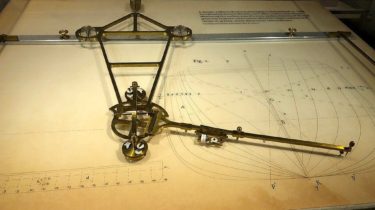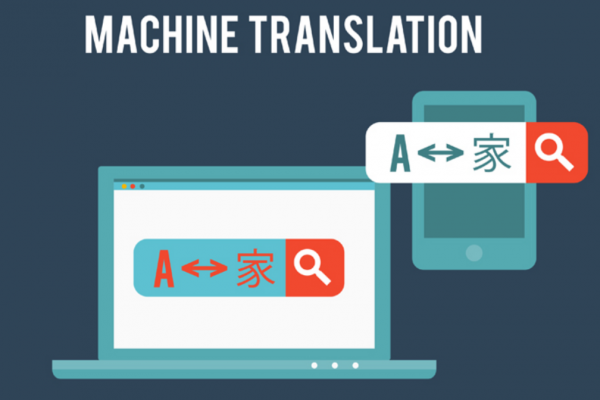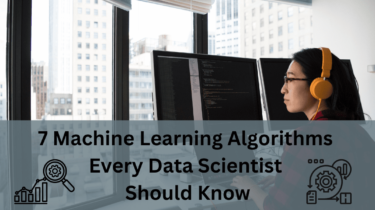Calculus for Machine Learning (7-day mini-course)
Calculus for Machine Learning Crash Course.Get familiar with the calculus techniques in machine learning in 7 days. Calculus is an important mathematics technique behind many machine learning algorithms. You don’t always need to know it to use the algorithms. When you go deeper, you will see it is ubiquitous in every discussion on the theory behind a machine learning model. As a practitioner, we are most likely not going to encounter very hard calculus problems. If we need to do […]
Read more




